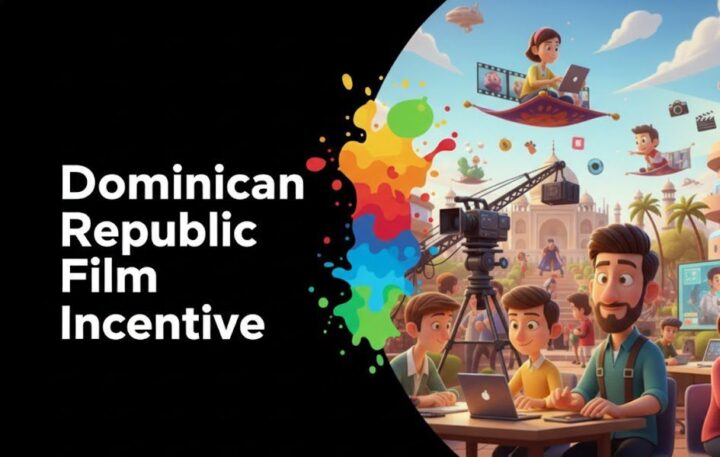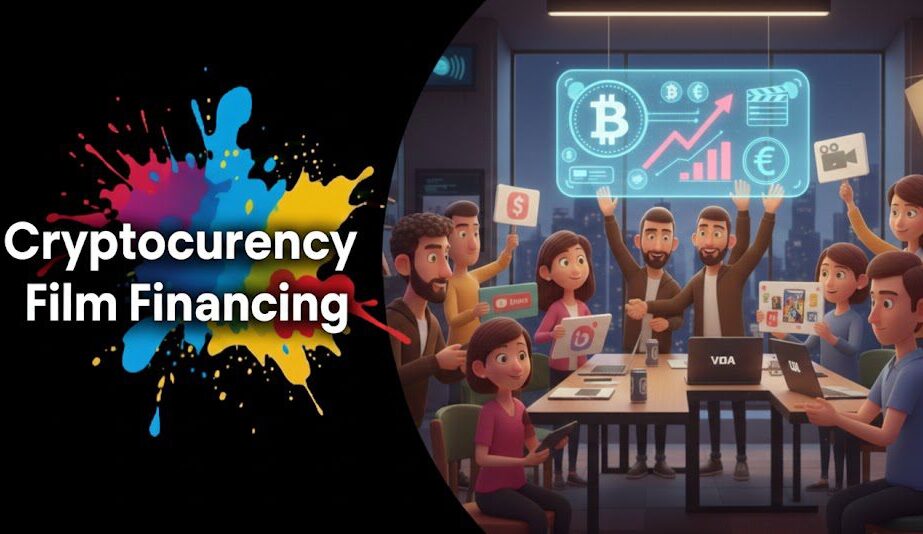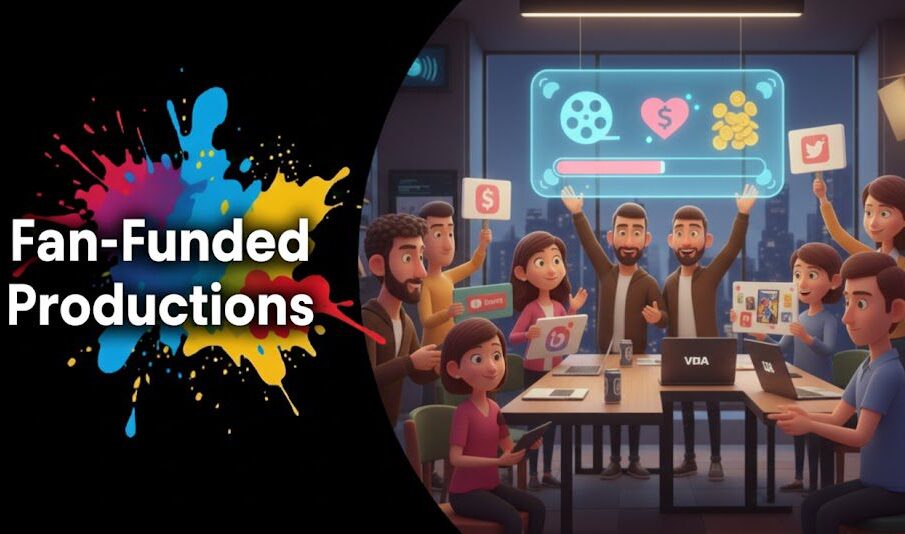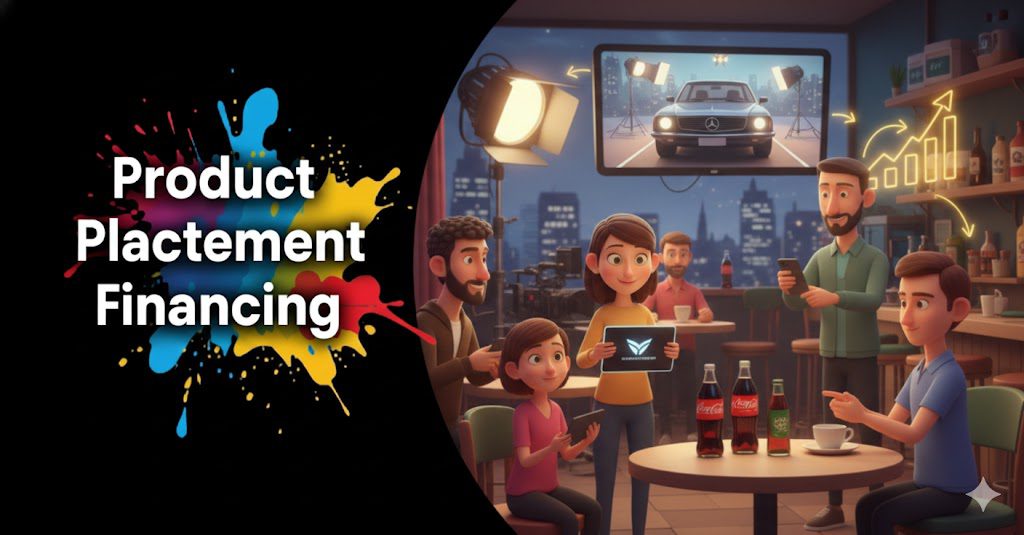Are you a Content Acquisition Executive, Production House Executive, or Broadcast Network Programming Head looking to stay ahead in the ever-evolving world of broadcasting? If so, you’ve come to the right place. In this blog post, we will delve into the importance of content acquisition for broadcasters, highlighting key strategies and best practices to help you succeed in the competitive landscape of media and entertainment.
In today’s digital age, content is king. With the rise of streaming platforms and the increasing demand for original and exclusive content, broadcasters must continuously acquire high-quality programming to attract and retain viewers. Content Acquisition Executives play a crucial role in identifying, negotiating, and acquiring the rights to content that will drive audience engagement and revenue growth.
One of the key benefits of content acquisition for broadcasters is the ability to differentiate your offerings from competitors. By securing exclusive content or licensing popular titles, you can create a unique value proposition that sets your platform apart in a crowded marketplace. For example, streaming giants like Netflix and Disney+ have gained a competitive edge by investing in original content that resonates with their target audiences.
Another benefit of content acquisition is the opportunity to expand your reach and appeal to diverse demographics. By acquiring a mix of genres, languages, and formats, broadcasters can cater to a wide range of viewers and attract new segments of the audience. For example, a streaming platform targeting Gen Z viewers may acquire youth-oriented content, while a network targeting baby boomers may focus on acquiring classic films and TV shows.
In addition to attracting viewers, content acquisition can also drive revenue growth through advertising sales, subscription fees, and licensing agreements. By acquiring popular and engaging content, broadcasters can increase viewership and engagement, leading to higher ad rates and subscriber numbers. Furthermore, licensing content to international markets can open up new revenue streams and partnerships with global distributors.
When it comes to content acquisition strategies, it’s essential to have a clear understanding of your target audience and their preferences. Conducting market research, analyzing viewer data, and tracking industry trends can help you identify content opportunities that align with your audience’s interests. Additionally, building relationships with content creators, production studios, and distribution partners can give you early access to exclusive content and negotiation leverage.
Best practices for content acquisition include developing a comprehensive content strategy, setting clear acquisition goals, and establishing strong partnerships with content providers. It’s crucial to stay agile and adaptable in a rapidly changing media landscape, as new technologies and platforms emerge. By staying proactive and innovative in your content acquisition efforts, you can stay ahead of the competition and meet the evolving needs of your audience.
Key Takeaways:
1. Content acquisition is essential for broadcasters to differentiate their offerings, attract viewers, and drive revenue growth.
2. Understanding your target audience and their preferences is key to successful content acquisition strategies.
3. Building strong partnerships with content providers and staying proactive in the market are best practices for content acquisition success.
FAQs:
Q1: How can broadcasters leverage data analytics in content acquisition?
A: By analyzing viewer data and market trends, broadcasters can identify content opportunities and make data-driven acquisition decisions.
Q2: What are some common challenges in content acquisition?
A: Some common challenges include negotiating rights and licensing agreements, managing content costs, and staying competitive in a crowded marketplace.
































